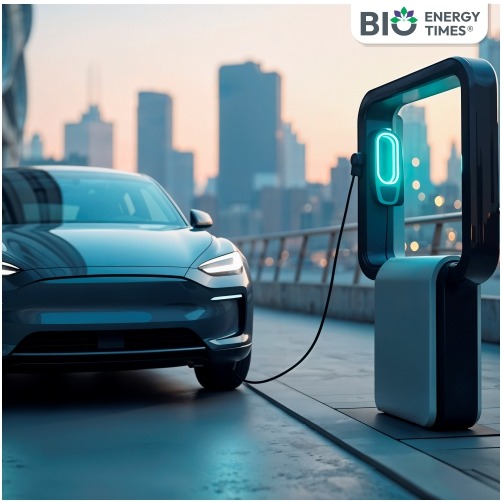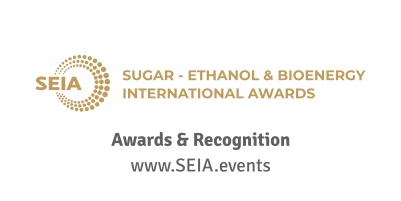India’s automobile sector is expected to feel minimal impact from China’s recent export restrictions on rare earth magnets, thanks to the dominance of internal combustion engine (ICE) vehicles in the country. According to a report by Nuvama, over 95% of vehicles on Indian roads are still powered by ICE technology.
The report highlights that the restrictions will primarily affect electric vehicles (EVs), hybrid passenger vehicles, and electric two-wheelers—segments that rely more heavily on rare earth materials (REMs) for their motors.
“Among vehicle categories, electric passenger vehicles will be the most impacted, followed by hybrid passenger vehicles and electric two-wheelers. Traditional ICE vehicles will be the least affected,” the report stated.
While rare earth elements are used across a wide array of industries, their role in EV manufacturing, especially in motors—is particularly crucial. In India, EV adoption remains in the early stages, with only 7% penetration among two-wheelers and just 3% among passenger cars.
Despite EV sales posting a strong compound annual growth rate (CAGR) of 25% from FY23 to FY25, the base is relatively small. As a result, any potential decline in sales caused by the material restrictions is unlikely to have a significant effect on the broader Indian auto market.
Most electric vehicles utilize Permanent Magnet Synchronous Motors (PMSMs), which depend on rare earth magnets to maintain stable performance—especially at high temperatures. The usage of PMSMs is substantially higher in EVs compared to hybrids or ICE vehicles.
The report estimates that the average amount of rare earth materials used per vehicle is approximately 0.8 kg for EVs, 0.5 kg for hybrid vehicles, and only 0.1 kg for ICE vehicles. This disparity further underlines why the impact will be concentrated in the electric and hybrid segments.
In April, China tightened controls over the export of seven key rare earth elements: samarium, gadolinium, terbium, dysprosium, lutetium, scandium, and yttrium. These elements are critical in the production of high-performance magnets such as neodymium-iron-boron (NdFeB) and samarium-cobalt (SmCo), widely used in electric vehicles and other high-tech applications.
Although the primary target of these export controls appears to be the defence sector, industries like automotive, aerospace, and manufacturing are expected to experience indirect consequences.
Moving forward, automakers seeking to import these materials from China will need to obtain end-user certification from Chinese authorities—a process expected to take around 45 days.















